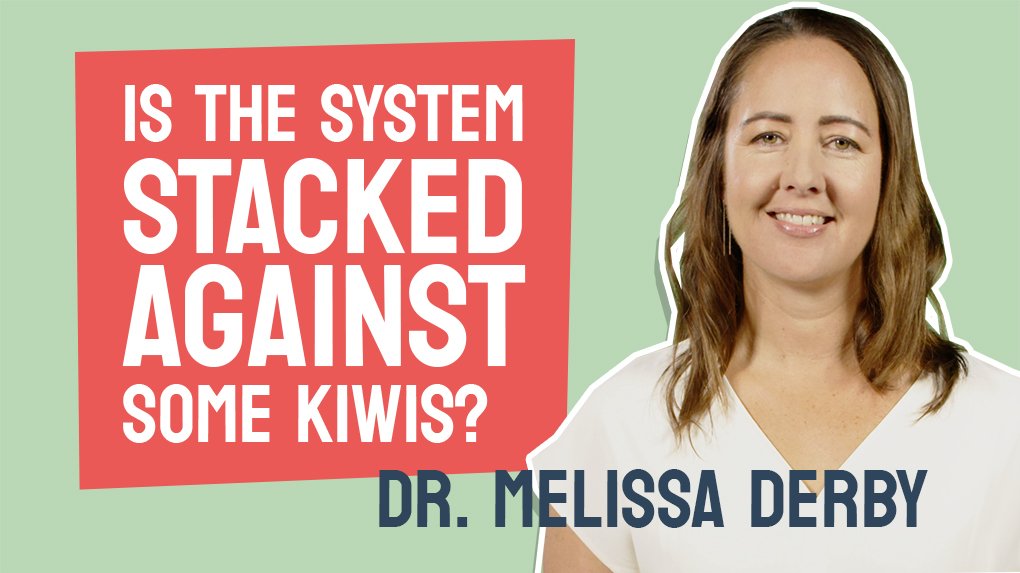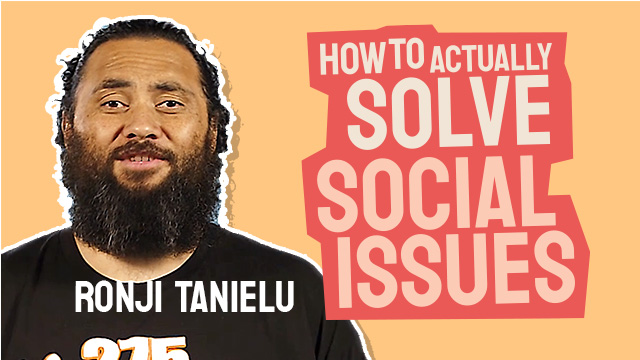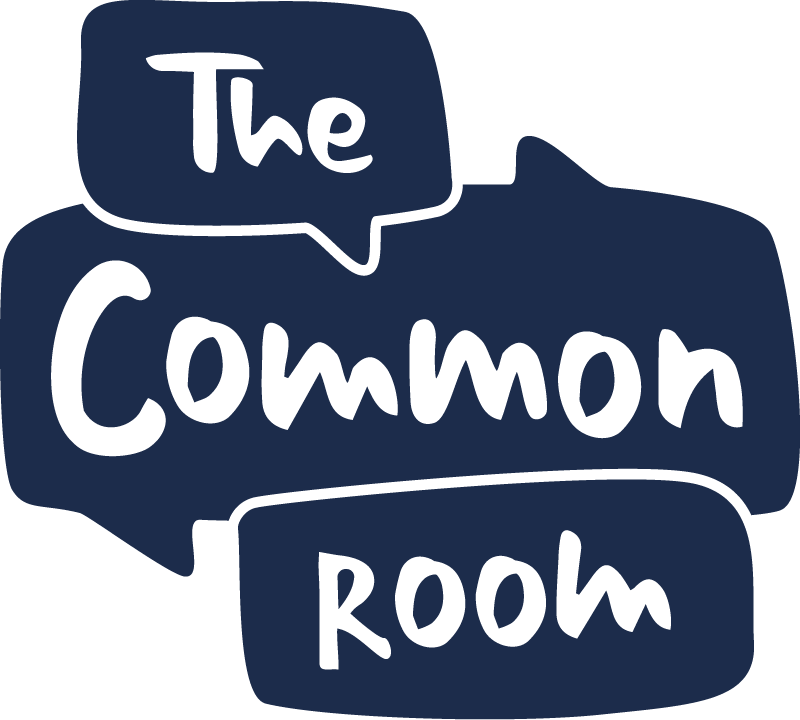How do we do good, better?
26 February 2023, 10k views*
If there’s one thing we can all agree on, it’s that every person has the right to form hopes and goals for their life, and to go after them. But some New Zealanders face real barriers to doing this. So how do we make investment decisions work for communities that will benefit disadvantaged New Zealanders in the long term? How do we do good, better.
If there’s one thing we can all agree on, it’s that every person has the right to form hopes and goals for their life, and to go after them.
But some New Zealanders face real barriers to doing this. About 15% of us, over 700,000 people, live in persistent disadvantage.
Standing between these people and their aspirations are poverty, social exclusion and a lack of access to housing, healthcare and other essentials. These barriers can make the present so challenging it’s hard to even form hopes for the future.
The good news is, there are thousands of others who want to walk alongside these people and their families. They work for charities and community organisations, building long-term trusting relationships, delivering just-in-time support and helping people navigate the spaghetti of government services to get what they need.
This work requires resources. So standing behind these frontline organisations are people donating to charity and funders that invest in social services. These donors and providers of services are incredibly diverse in their interests, backgrounds and approaches.
But there’s one thing most of them have in common: they’re investing their time, money and energy not just to feel good about themselves, but to do good in the lives of others.
And this raises a challenging question: how do we know whether our investment is actually working for the communities we care about? And how do we do good, better?
My organisation ImpactLab works with decision-makers in charities, government and businesses to explore that question. Having worked with nearly 200 organisations so far, one thing we’re learning is that it’s not enough to know we spent some money, or even what percentage went to administration.
We need to put the people we care about at the centre of the picture and understand 3 things:
- Who is our investment reaching?
- How is it translating into experiences of support for those people?
- What difference does it make in their lives, in the long term?
We do this by estimating something called ‘social value’. Social value is a way of putting a dollar figure to the positive changes that can happen in someone’s life as the result of a social intervention. We forecast this by building a story about change, and then putting confidence behind it by connecting it to evidence from community, government and academic research.
Here’s an example:
This is Jess. Jess has a passion for technology and dreams of working in the IT industry. She also has a significant disability and since finishing school five years ago she’s struggled to find a job. She’s run into a lot of misperceptions about her abilities along the way. Jess wants to use her skills, but after so many failed job applications, she’s starting to lose hope and confidence in herself. Then Jess gets introduced to a charity that helps connect access citizens with great jobs. At the point where this charity meets her, they have the opportunity to help her positively shift her future life pathway.
From public data, we know that the path ahead for Jess without support is tough: disabled people who are unemployed are 4x less likely to find a job than non-disabled people.
So how does this charity help? Over 4 months, a talent coach at the charity gets to know Jess really well, helps her understand her unique strengths, and help her match and connect to employers in the digital sector.
Jess eventually finds a role that’s a good fit – she’s assigned a mentor and provided ongoing coaching support for her first year in the job.
As a result, Jess is on a pathway to sustainable employment. She’s now far more likely to earn a higher income over her lifetime and have improved mental and physical health. She’s also less likely to need a government benefit.
When Jess’ life improves, the whole of society benefits. In interventions similar to this, we’ve seen estimated social value as high as $4 for every $1 invested.
Of course, in real life, social change doesn’t follow such a straight line – our lives are messy, and change is hard. But if we can connect our investment decisions to an understanding of the long-term value created for people and society, it can change how we make decisions to benefit disadvantaged New Zealanders.
It can give us the confidence to invest more for longer and challenge us to think about how we do good better.
So let’s ask the hard questions and, together, make investment work for communities so that every person in New Zealand can live the life they choose
I’m Maria English, CEO of Impact Lab, for The Common Room.
*Aggregated views across platforms




